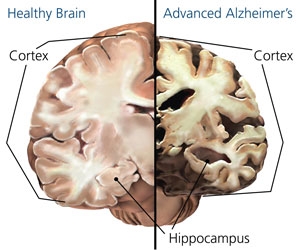The need for collaborative definitions in neurodegenerative disease research

As the population ages, public concern regarding neurodegenerative diseases is rapidly accelerating. Alzheimer’s Disease (AD) is estimated to effect 5.3 million individuals in the United States alone [1], and treatment options for these patients remain limited. The cause of pathogenesis in AD has remained elusive, severely limiting therapeutic developments. http://www.sfn.org/index.aspx?pagename=brainBriefings_10_unravelingalzheimers Alzheimer’s Disease, like many neurodegenerative diseases, is associated with accumulated clumps of protein in the brain, termed “inclusions” or “aggregates”. As a general rule, healthy individuals do not exhibit these inclusions. The protein inclusions associated with Alzheimer brains include amyloid β (Aβ) plaques and tau neurofibrillary tangles; however the extent to which these aggregated proteins contribute to disease, if any, is unknown. Due to the dearth of evidence linking aggregation to disease progression, it has been suggested that aggre


